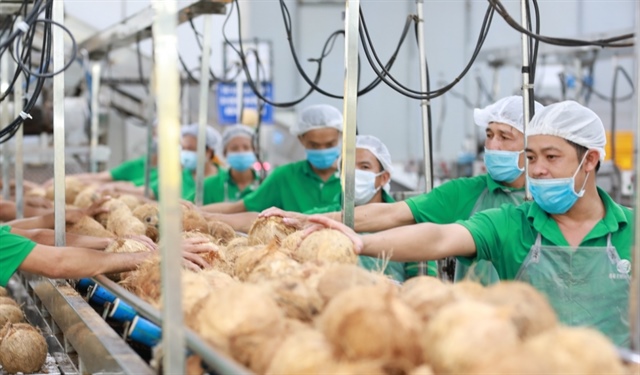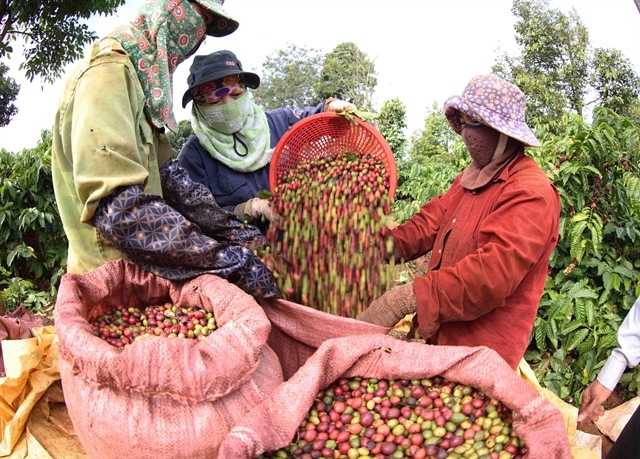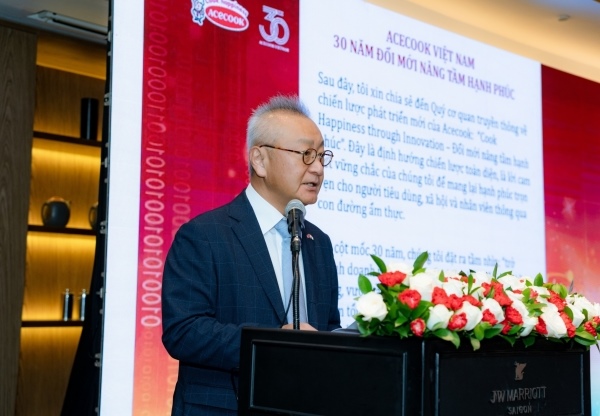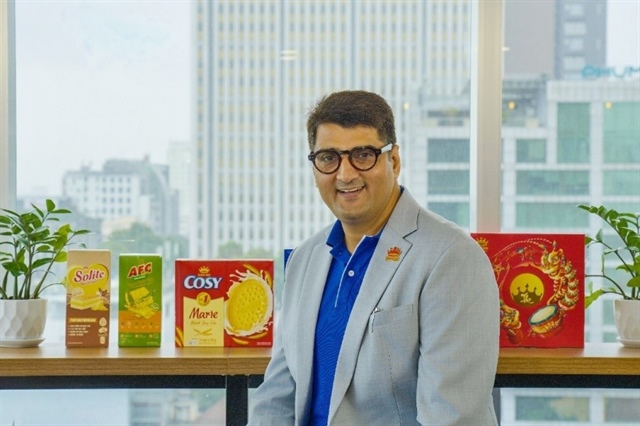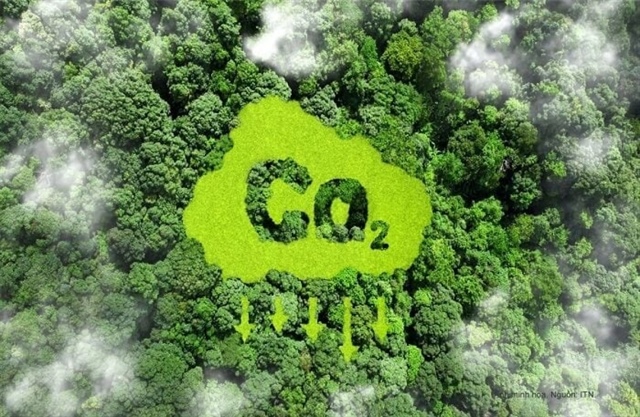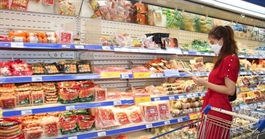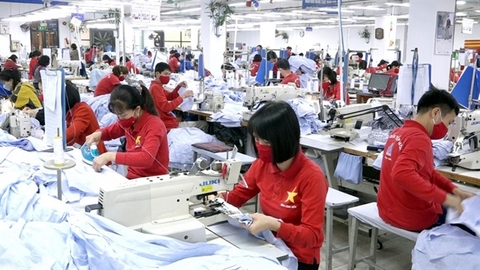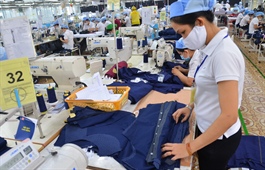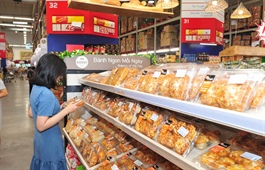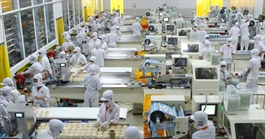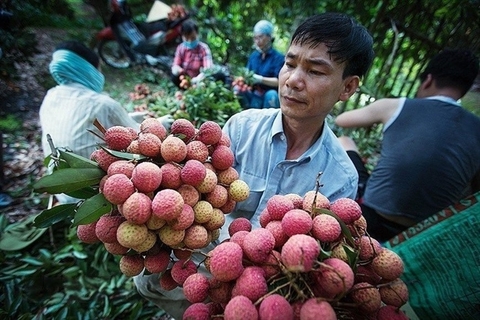Choosing the optimal time for greener investment
Choosing the optimal time for greener investment
In the context of a drop in textile and apparel orders, the purchasing power of the industry has diminished as a result of the economic recession and inflation. Truong Van Cam, general secretary and vice chairman of the Vietnam Textile and Apparel Association, explained to VIR’s The Hai why now is the time for textile producers to explore restructuring and investing in their facilities under a greener model.
The textile and garment industry has nearly reached the end of 2022 with a nine-month growth rate of over 21 per cent. Is the $43-44 billion export target for this year too ambitious, given that exports have shown signs of deceleration?
According to figures from the Vietnam Textile and Apparel Association (Vitas) and the General Department of Customs, the textile and apparel industry’s exports declined by $1.28 billion in September compared to August. Even in some of the industry’s most important export destinations, such as the United States and the EU, exports have declined since August, and the downturn has continued.
The average monthly export value is around $3.8-3.9 billion, and the General Statistics Office stated that exports of textiles, fibres, and raw materials have totalled $37.8 billion over the first 10 months of 2022.
The majority of new clothing companies do not receive production plans until mid-October, and orders for November and December have been 35-50 per cent below capacity, or there are orders but fierce price competition.
Taking a look at the scenario in the fourth quarter of 2022, it has been really extremely challenging, but the nine-month growth rate of over 21 per cent makes it bearable. We estimate that even if the situation continues to deteriorate until the end of the year, the sector can still export at least $3 billion every month, allowing the $43-44 billion objective to be met.
How does the textile and garment sector confront not only a drop in orders, but also the import criteria from the EU market for sustainable and highly cyclical textile goods?
The US and the EU are now the two largest export markets for the textile and apparel sectors. In the first nine months of 2022, exports to the US reached $13.87 billion, an increase of 19.5 per cent, while exports to the European Union hit $3.36 billion, an increase of 44.7 per cent.
However, these markets also impose stricter and stricter demands on sustainable goods. Specifically, the EU has established a new policy on greening textiles and apparel, traceability, and the impending need for imported textile items to be recycled and used for an extended period of time, as opposed to fast fashion.
This issue relates to the greening of the textile and apparel industries as we are aware that the EU requires the design stage to be ecological, with a high rate of recycling and reuse, and that the production stage must also be clean, not polluting the environment, conserving fuel, and ensuring sustainable consumption and a longer product life.
And clearly, immediate conversion is not simple, as organisations must adapt to changes in human resources, investment expenses, and a variety of other expenditures.
The US market is similarly competitive. For example, cotton or goods containing Xinjiang cotton that are shipped to the US will be prohibited from entry or even seized. With this legislation, producers that breach this law by using raw materials without coordinating with their consumers may face significant obstacles.
Vietnam enjoys participation in many free trade agreements. Does it stand to reason that the redirection of green and sustainable investment also contributes to the industry’s growth in a sustainable and high-value manner?
Yes, Vietnam has signed a raft of such trade deals, with environmental protection and emission reduction obligations.
Adopting greener obligations in textiles is a major phenomenon, not only here, that needs firms to execute wisely by investing in manufacturing technology, automation, and creating a safe working environment for staff. This can all, therefore, enhance the competitiveness of enterprises.
As some businesses will not be able to go green quickly due to limited financial resources, what solutions are necessary to accelerate exports to high-standard markets and allow customers to still choose Vietnamese suppliers?
Enterprises could regard this time as an opportunity to reorganise production. To fulfil the demands of sustainable growth for the future, it is conceivable, for instance, to provide workers a leave of absence, minimise the number of extra hours, and organise training in capacity building.
When firms become sustainable, the need for highly skilled employees increases. This moment is also appropriate for firms to engage in digital transformation, which is a priority for importers since this is an unavoidable trend. The sooner the investment is made, the better.


